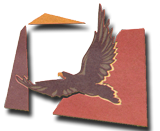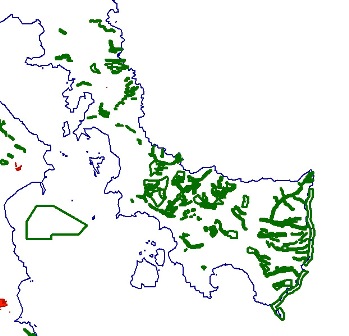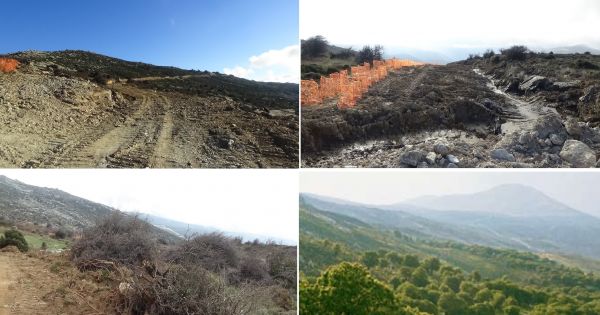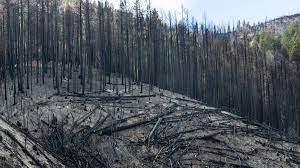Impacts
The wind-power-plant Ptolemais
South Evia has fallen victim to a tragic-design mistake that will load it with the most wind turbines from any region of the rest of the country. Wind farm development plans have been consolidated for years, production permits have been issued and it now depends on economic conditions how fast implementation will proceed. The local community never read the studies nor took seriously the permits that were massively approved by the Energy Regulatory Authority (Ρ.Α.Ε.) with the consent of all the ministries and the Region of Central Greece. Landlords, who thought they would do business with companies, created a climate of complacency and anticipation of a new source of revenue. Today, South Evia is handcuffed with hundreds of wind farm licenses, the owners know that they will not even receive compensation and the local community is still unable to react.
Who benefits and who suffers
The effects are severe and significant for the local environment, the local economy and the lives of the inhabitants. South Evia will be transformed into an industrial area of wind energy, a prospect that will have a decisive impact on its future. Companies will reap the benefits of exploiting local resources without paying a single euro to acquire the land, while residents will suffer the heavy consequences of losing local resources. The compensatory benefit in favor of the Municipalities and the inhabitants, defined by law 3851/2010, has not been applied yet, at least in its part in favor of the inhabitants. After all, it is worthless in the face of the destruction of the natural environment. On the contrary, the residents will subsidise the companies through the ΑΠΕ fee (Renewable Energy Sources) that is constantly increasing in the electricity bills. Similar stories happened in the colonial era.
Impact
South Evia will suffer heavy losses from the raid of wind farms that will eventually erode its value and uniqueness.
Loss of identity
The thousands of wind turbines that will flood every corner of South Evia, will cause a dramatic change in the physiognomy of the landscape. The natural landscape will be replaced by an industrial-site landscape. As Ptolemaida town is known for its lignite plants, South Evia will be identified with the operation of endless wind farms. The natural environment will have suffered severe wounds in order to be able to give a stable value and reputation of a tourist destination in South Evia.
Loss of land use
Land use to date include pastures for livestock, areas with slate slab for exploitation, natural landscape to attract tourism and land of commercial value for housing development. All these land uses will shrink from the occupation and intervention zones of wind turbines and infrastructure projects. For example, the wind turbines that will be installed in Ochi, will remove at least 561 acres of land from traditional land uses, not counting the losses from roads and transmission networks.
Loss of the Ochi Area
The protected area of Ochi will suffer incalculable damage from the installation of at least 180 wind turbines in isolated mountainous and coastal locations. The tens of kilometers of new access roads with the excavations required and the power transmission networks that will surround the villages of Kavontoro, will drastically change the physiognomy of the natural landscape that will resemble a vast construction site. Interventions of this scale are incompatible with the protection regime governing the Ochi-mountain area, threaten the integrity of the protected area and amount to the abolition of the current protection regime. The state had to protect the Ochi area but decided to demolish it.
Loss of biodiversity
Extensive forest vegetation of low shrubs will be reduced due to deforestation and burial under the soil movements. For example, the heather of the East or the herbaceous vegetation in rocky areas will be leveled by the wind turbine installation works. The rich reptile population of the area will be reduced by violent interventions in the places where it finds shelter. The birds of prey of Ochi are also endangered by possible collisions with the blades of the wind turbines, but also by the reduction or disturbance of the feeding and nesting places. New access roads that will fragment the vegetation section will favor poaching.
Loss of tourism
The natural landscapes of South Karystia and especially Ochi, hide a wild natural beauty that can attract tourists with touring interest. However, wind farm installations will cause irreparable damage or loss to unique landscapes that have never been known. For example, the visitor will go to Petrokanalos and the gorge of Dimosaris or Kastanologos passing through a forest of wind turbines. Kerasia and Anatoli, where Anemopyla is located, will be scanned by the installation of wind turbines right on the ridge. Archampolis and the cape of Kafireas will be surrounded by wind turbines. The loss of the natural landscape in Ochi and the rest of Karystia means a loss of tourism.
Risk of natural disasters
Slope erosion is a common occurrence on the rural roads of South Karystia, because the appropriate technical works are usually lacking. The opening of new roads, 5m wide, on steep slopes and the movement of soil will increase the intense erosion and the loss of fertile soil. Because it is impossible to carry out all the necessary technical works on the tens of kilometers of new roads, it is possible to cause landslides due to the change of the surface water flow. For example, in 2001 the then new road to Petrokanalos with all the technical specifications that were applied, caused a landslide in Agia Triada (Saint Trinity) and irreparable damage to the site. Also significant is the risk of fires from transmission lines, a problem that has increased in South Karystia since the first wind farms were installed.
























